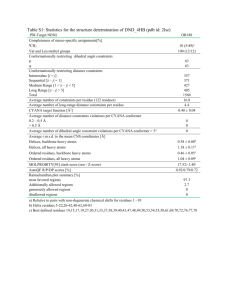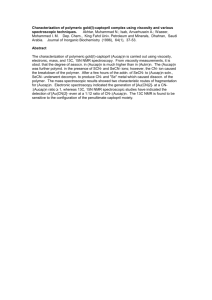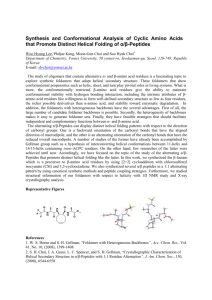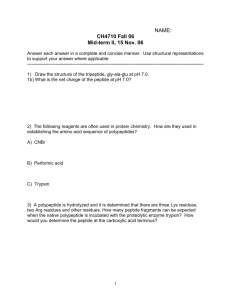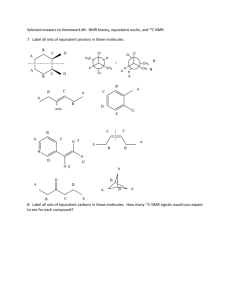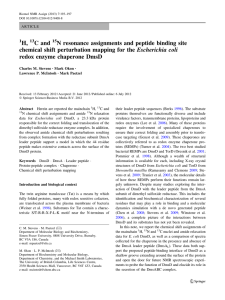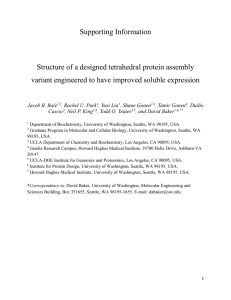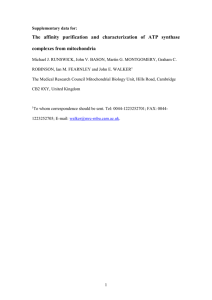The following is a typical protocol for incorporation of an intrinsic
advertisement
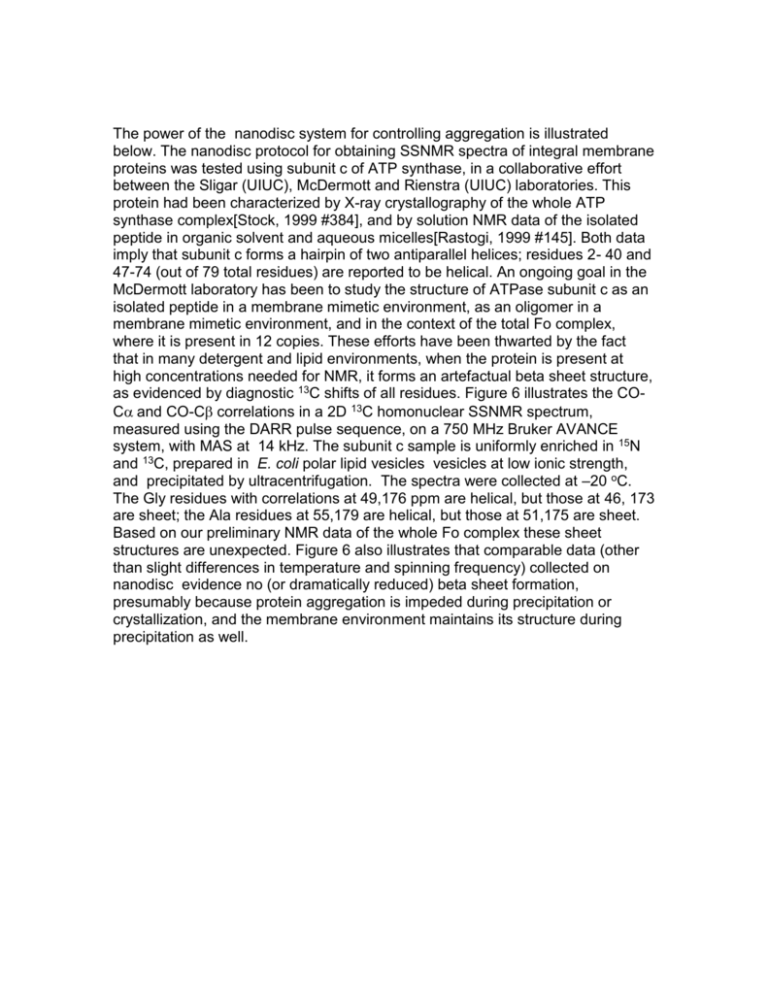
The power of the nanodisc system for controlling aggregation is illustrated below. The nanodisc protocol for obtaining SSNMR spectra of integral membrane proteins was tested using subunit c of ATP synthase, in a collaborative effort between the Sligar (UIUC), McDermott and Rienstra (UIUC) laboratories. This protein had been characterized by X-ray crystallography of the whole ATP synthase complex[Stock, 1999 #384], and by solution NMR data of the isolated peptide in organic solvent and aqueous micelles[Rastogi, 1999 #145]. Both data imply that subunit c forms a hairpin of two antiparallel helices; residues 2- 40 and 47-74 (out of 79 total residues) are reported to be helical. An ongoing goal in the McDermott laboratory has been to study the structure of ATPase subunit c as an isolated peptide in a membrane mimetic environment, as an oligomer in a membrane mimetic environment, and in the context of the total Fo complex, where it is present in 12 copies. These efforts have been thwarted by the fact that in many detergent and lipid environments, when the protein is present at high concentrations needed for NMR, it forms an artefactual beta sheet structure, as evidenced by diagnostic 13C shifts of all residues. Figure 6 illustrates the COCand CO-Ccorrelations in a 2D 13C homonuclear SSNMR spectrum, measured using the DARR pulse sequence, on a 750 MHz Bruker AVANCE system, with MAS at 14 kHz. The subunit c sample is uniformly enriched in 15N and 13C, prepared in E. coli polar lipid vesicles vesicles at low ionic strength, and precipitated by ultracentrifugation. The spectra were collected at –20 oC. The Gly residues with correlations at 49,176 ppm are helical, but those at 46, 173 are sheet; the Ala residues at 55,179 are helical, but those at 51,175 are sheet. Based on our preliminary NMR data of the whole Fo complex these sheet structures are unexpected. Figure 6 also illustrates that comparable data (other than slight differences in temperature and spinning frequency) collected on nanodisc evidence no (or dramatically reduced) beta sheet formation, presumably because protein aggregation is impeded during precipitation or crystallization, and the membrane environment maintains its structure during precipitation as well. Figure 6 2D high field MAS based homonuclear 13C correlation spectra for the c subunit of ATP synthase, measured with the DARR pulse sequence. The region where the backbone CO correlates to the Cand C resonances is expanded. The key difference between the two samples is the formulation, where the spectrum at left was taken of a peptide in nanodisc and that on the right was taken of the peptide in E. coli polar lipid vesicles. These data show spurious beta sheet conformers for the case of the vesicle but not for the nanodisc sample.

